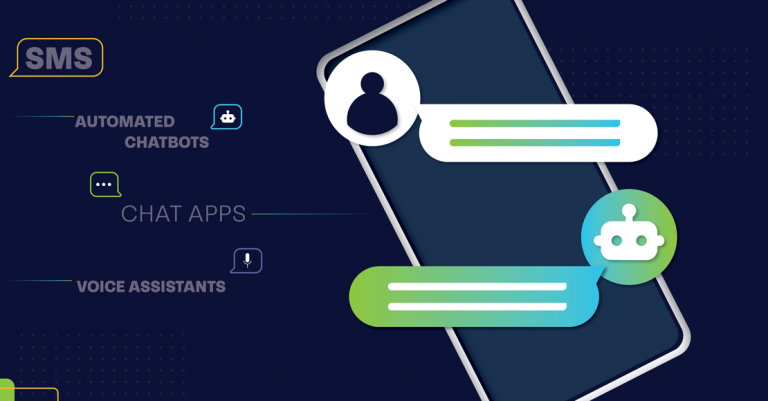
Benefits of low code development
For the modern digital or ecommerce business, speed is the name of the game. New business demands new solutions faster than ever. The challenge is that it’s likely that the IT and dev departments are already overworked and understaffed. But can a low code development platform bridge the gap between dev resources and project deadlines? We look at some of the benefits of using a low code development platform.
Development speed
Traditional app development has programmers writing every line of code manually. It’s referred to as hand-coding and is often extremely time-consuming. A low code development platform automates most of the nitty-gritty procedures. Intuitive drag-and-drop editors allow devs to create virtual models of an app’s business logic, integrations, and user interface. These features can reduce dev time from months to a matter of weeks and save businesses massive amounts of money.
Simple development tasks can also be managed more effectively. With the workloads that dev teams have to deal with nowadays, simple tasks such as reporting are often not prioritized and fall by the wayside. A low code development platform allows other business users to perform these simpler tasks without the need for a Ph.D. in software development.
Improved productivity using a low code development platform
The knock on effect of this is that your dev teams are now freed from the more time-consuming menial tasks. This gives the team more time to focus on coding where human ingenuity is necessary. As a result, the projects will be pushed out faster, more efficiently, and at a higher standard than without the low code development platform.
The changing business landscape has also changed app development over the past few years. New languages and frameworks have emerged. On top of that, the world has moved to a mobile first standard of consuming information. The modern developer must have a variety of skills and stay ahead of the ever-changing tech curve. The extra time that a low code development platform affords a developer allows them to create innovative new functionality or customize features without the mundane tasks dragging them down.
In many cases, a low code development platform bridges the skills gap and empower the developer with modern capabilities. Low code tools let developers build for all platforms without the need to learn new techniques or languages.
Change is easy
We’ve spoken about the fluid business landscape. Change is inevitable. A low code development platform makes changing apps, adapting them to a new requirement, easy. There’s no need to get into complex coding and that’s a huge plus when immediate change is requested.
With the ability to build more apps in less time, costs automatically go down. These sorts of tools also reduce the need for more developers, reducing hiring costs as well as bringing some relief to an already stretched developer network.
Improve the success rate
In the past, dev teams have taken a waterfall approach to projects. Developers gathered the requirements from the users and built the entire application to those requirements. This is an extremely slow way of doing things. And if communication isn’t constant and clear, the finished product will likely need further adjusting before it’s suitable for the market. Meaning more time and more money. By using a low code development platform, a developer can quickly mock up an application and get user feedback on it in real time without dedicating weeks of time to further development.
If businesses want to bridge the perceived skills gap in software development without throwing huge amounts of money at third party consultancies, they have to redefine what they’re after. The conversation needs to shift from ‘I need x’ to ‘I want to enable y. What do I need to achieve this?’ The answer to this can very much be found in the use of a low code development platform.
An example of such a platform is Clickatell Touch. This system deploys low code development technology through Touch cards. Activities such as making appointments, checking purchases or receiving invoices can all be streamlined through the use of Touch cards: customizable mini-applications that facilitate the self-service of these interactions. If you’d like to learn more about working with a low code development platform, read our latest compelling article on the subject.
Explore other articles
Step into the future of business messaging.
SMS and two-way channels, automation, call center integration, payments - do it all with Clickatell's Chat Commerce platform.








